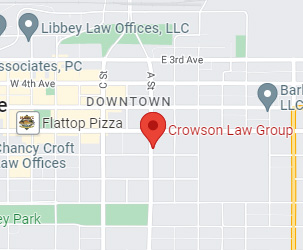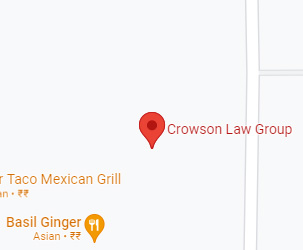Whose Fault is it anyway?

When any accident occurs and results in injury or loss, because of negligence, one of the key things to determine is fault. The legal terms of contributory negligence or comparative negligence have the strength to determine a victim’s ability to recover for an accident. Additionally, such terms can completely eliminate or reduce the amount of compensation that is available to the victim.
After an accident has occurred one of the key things to determine is who was at fault for the accident. In most cases it comes down to finding out whether a party was negligent or not. According to the Cornell Law School Legal Information Institute negligence is defined as “a failure to behave with the level of care that someone of ordinary prudence would have exercised under the circumstances.” In addition, negligence also includes a person’s failure to act. If the accident case goes to court the jury determines which party was at fault for the accident. The victim of the accident who is looking to receive compensation for the accident has the job of showing that the other party was at fault.
Comparative and contributory negligence are systems that help determine how the process will go if more than one party is found to be at fault for the accident. It is not uncommon in a car accident case for there to be more than one party at fault for the accident. In fact, it is not too bold to say that it can be determined that all parties may have been negligent in the accident case. Such cases are affected by the principles of contributory negligence and comparative negligence. However, it must be noted that different states follow different rules.
The concept of contributory negligence states that if your own negligence contributed to the accident you cannot hold another person responsible for the accident. In states that use this system even if a person is found to only be 1% at fault for the accident he or she loses their right to recover damages for their losses. However, it is because of the harshness of this rule that many states no longer follow it.
The system of comparative negligence compares the amount of fault that should be attributed to each party for causing the accident or injury. The judge or jury listens to evidence with regards to the car accident in order to determine the amount of fault that should be attributed to each party. The comparative negligence system has two different schemes; pure comparative fault and modified comparative fault.
The pure comparative fault system states that each party to the accident is able to recover damages that are equal to the amount of fault of the other party. So if driver A is 10% at fault and driver B is 90% of fault, driver A could pursue driver B for 90% and driver B could pursue driver A for 10%.
In a modified comparative fault system the injured party can collect damages from the other at fault party as long as their own negligence was less than 50% of the cause of the accident.
For legal advice and representation contact an Anchorage lawyer today.


